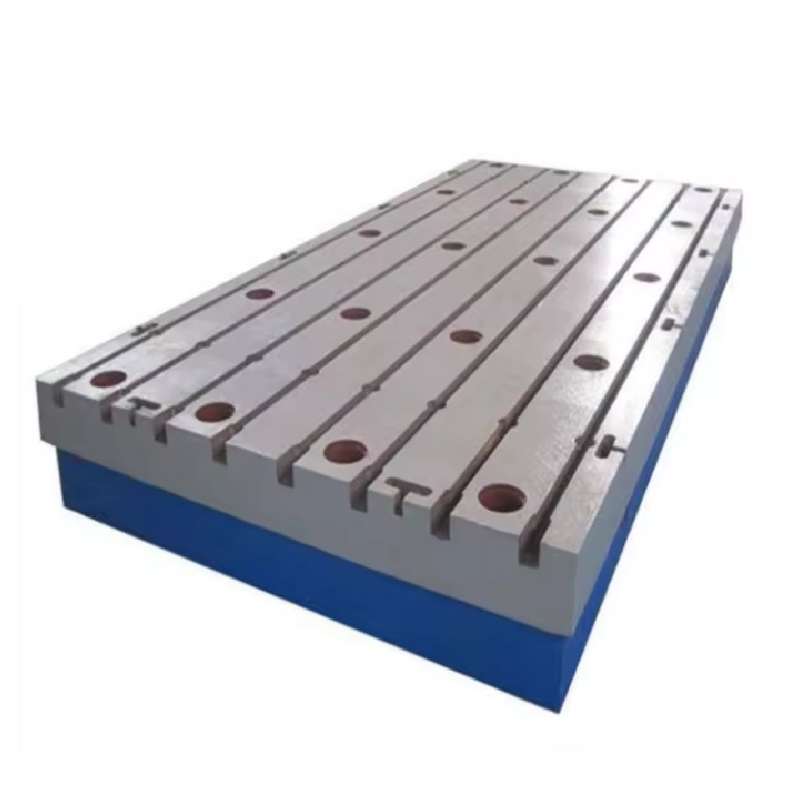Dec . 10, 2024 07:29 Back to list
ball valves types
Understanding Ball Valve Types A Comprehensive Guide
Ball valves are among the most common types of valves used in various industries, known for their effectiveness in controlling flow and their durability. Their design allows for quick shut-off and excellent sealing capabilities. This article will explore the different types of ball valves, their applications, and key features that distinguish them from other valve types.
Basic Structure of Ball Valves
Before delving into the types, it’s essential to understand the basic structure of a ball valve. A ball valve consists of a hollow, perforated sphere (the ball) that rotates within a valve body. This rotation allows the flow to be either directed through the valve or completely blocked. Typically, a quarter turn is sufficient to open or close the valve. The sealing of the ball against the valve seat ensures minimal leakage, making it ideal for applications requiring tight seals.
Types of Ball Valves
1. Floating Ball Valve
The floating ball valve features a ball that is not fixed in position. Instead, it floats within two seats, which allows for a tight seal when the valve is closed. Under pressure, the ball is pushed against the seats, providing excellent sealing performance. Floating ball valves are commonly used in applications with lower pressure and temperature ranges and are available in different materials, including stainless steel and plastic.
Unlike floating ball valves, trunnion ball valves have a ball that is fixed in place by trunnions, or pivot points, making them suitable for high-pressure applications. The trunnion design allows for larger balls, making these valves robust and capable of handling higher flow rates. Trunnion ball valves are often found in oil and gas applications and are particularly effective in systems with significant pressure swings.
3. V-Port Ball Valve
V-port ball valves are designed with a V-shaped notch in the ball that allows for precise flow control. This design offers better flow regulation compared to standard ball valves, making them favorable in applications requiring throttling and flow adjustment. V-port valves are often used in industries like food processing and chemical manufacturing, where exact flow regulation is critical.
ball valves types

4. Api Ball Valve
API ball valves comply with the American Petroleum Institute (API) standards, ensuring durability and reliability in tough operational conditions. They are specifically designed for use in the oil and gas sector and can handle high pressures and extreme temperatures. These valves are often used in upstream and downstream applications, where stringent safety and quality standards must be met.
5. Electric Ball Valve
Electric ball valves come with an electric actuator that automates the opening and closing of the valve. This type of valve is ideal for applications requiring remote operation, and it can easily integrate with control systems. Electric ball valves are widely used in HVAC systems, water treatment plants, and automated industrial processes.
6. Manual Ball Valve
Manual ball valves are the simplest type, operated by a lever or handle, requiring human effort to open or close. They are cost-effective and straightforward to operate, making them popular in domestic and smaller industrial applications. While they lack the automation of electric ball valves, their simplicity and reliability make them a favorite choice for many.
Applications of Ball Valves
Ball valves are versatile and find applications across various industries, including oil and gas, water treatment, chemical processing, and food and beverage production. Their ability to provide reliable sealing under high pressure and their quick operation make them essential in systems where safety and efficiency are priorities.
Conclusion
Understanding the different types of ball valves is crucial for selecting the right valve for specific applications. Whether opting for a floating ball valve for simple tasks or a trunnion ball valve for high-pressure environments, each type offers unique benefits suited to various industrial needs. With advancements in design and technology, ball valves continue to be pivotal components in modern fluid control systems.
-
Thread Plug Gauge Our Promise of Measurement ExcellenceNewsAug.22,2025
-
Gauge Pin Class Reflecting Quality LegacyNewsAug.22,2025
-
Check Valve Types for High Rise BuildingsNewsAug.22,2025
-
Water Control Valve for Irrigation SystemsNewsAug.22,2025
-
Gate Valve with Soft Seal TechnologyNewsAug.22,2025
-
Y Type Strainer for Oil and Gas ApplicationsNewsAug.22,2025
Related PRODUCTS









